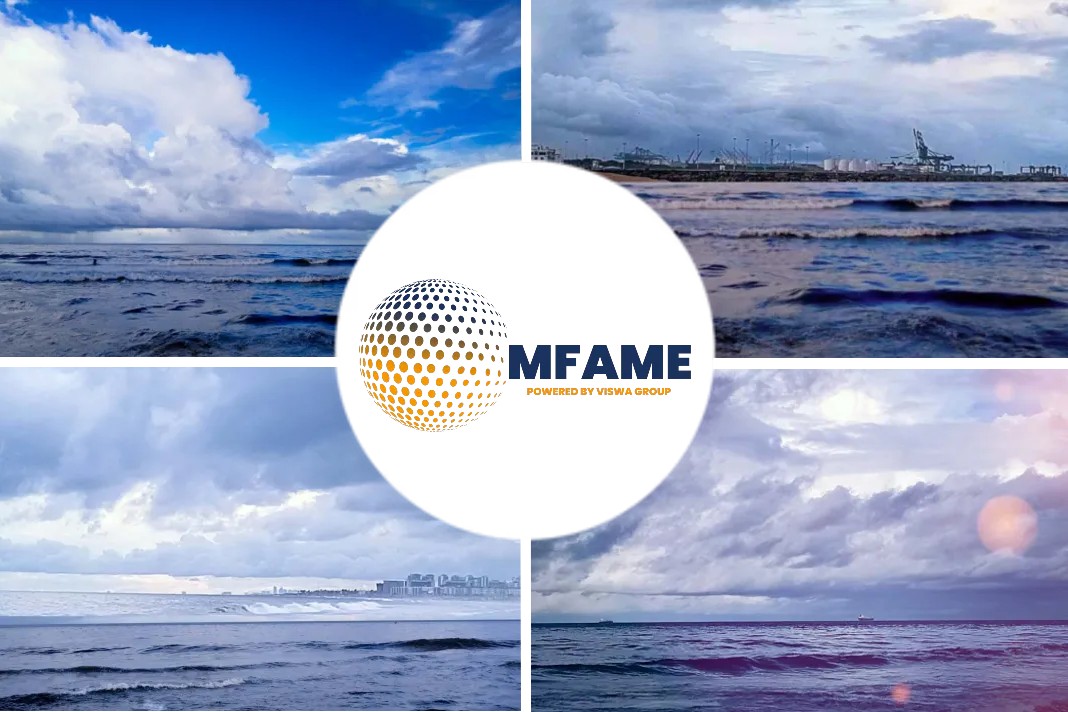A global bunker meet at IBIA’s Annual Convention in Singapore in November and at the Platts 6th Annual Mediterranean Bunker Fuel Conference in Athens at the end of November/early December has optimistic conclusions.
IBIA’s IMO Representative who was a part of the Platts event, presented an update on the actions that the International Maritime Organization is about to put in place and achieve its 0.50% sulphur limit by 2020.
What does the conference speakers say?
To indicate the compliance solutions & availability performance for VLSFO initiative, there is general optimism that refiners will have several options to produce marine fuels to comply with the 0.50% sulphur limit.
Also, low sulphur crudes are expected to go up in price and it might be cheaper to scrub sulphur at the ship stack rather than stripping it out of high sulphur fuel oil (HSFO) at refineries.
These refineries will produce these fuels using a mix of relatively familiar marine distillate fuel grades and other products generally referred to as very low sulphur fuel oil (VLSFO).
Also, refiners can switch to use sweeter crude slates that will yield residual fuels that are compliant (or close to compliant) VLSFOs. Additionally, increased use of vacuum gas oil (VGO) is also expected thereby potentially increase the use of HSFO desulphurisation technologies.
Old refineries with limited ability to upgrade and reduce HSFO output are expected to suffer, whereas refiners that can produce compliant fuels may see good refining margins. Bunker suppliers may benefit from improved sales margins though higher bunker prices (as compliant fuels cost more than HSFO) will require companies to have access to significant credit facilities.
What will the Market be?
However, the increased demand for distillates in 2020 will cause pressure on overall refinery ability to meet global demand for low sulphur products in all sectors, including automotive fuels.
LNG is not seen as a major contributor to 2020 compliance but more of a solution from 2025 onwards.
Shipping companies may see improved market conditions as old tonnage could disappear because owners won’t spend money to install ballast water management systems – another IMO regulatory requirement – or scrubbers on ships that are older than 15 years.
By 2020 the tanker industry will be in good shape, but not so for dry bulk/container segments. Product tanker rates could be boosted as there will be a need to ship compliant fuels from regions with oversupply of distillates to those that are short.
Fuel quality concerns and ISO 8217
Focus is now increasingly shifting towards the concerns about the stability reserves of VLSFOs as these products will in some cases be the result of “extreme” or “inappropriate” blending. Unstable fuels can be produced either onshore or inadvertently in ship tanks due to incompatibility between different product batches.
Oil majors with bunker market involvement are confident that they can produce stable VLSFOs but it is feared some fuel blenders will produce problematic fuels.
In general, VLSFO density and viscosity is expected to me much be lower than in today’s HSFO bunker fuels, but not low enough to be classified as a distillate product under ISO 8217.
Work is underway at the technical committee overseeing revisions of the ISO 8217 marine fuels standard to see what can be done to address the anticipated fuel quality concerns.
Technical expectations
Flash point is a concern with some blend components but as any fuel not meeting the SOLAS minimum is not viable to sell, this is not expected to be a major issue. Some believe that the increased use of blend stocks which we saw when fuels were blended to meet a 1.00% sulphur limit in the past could reintroduce catalyst fines to the end products.
Cold flow properties will be a key parameter to watch as some distillate fuels, or fuels resembling distillates, may be very high in paraffinic wax which means they need to be kept in heated fuel tanks to prevent the wax from solidifying.
Alternate solutions
Predictions for the level of uptake of exhaust gas cleaning systems (EGCS), or scrubbers, by 2020 is reduce from 10% of total fuel consumption last year to less than half of that at present. But it is expected that a high price differential between compliant low sulphur fuels and HSFO will cause it to accelerate post-2020.
Some predict the price differential could exceed $400 per tonne, others think it may be above $300 but below $400 – however it will also depend on the price of crude at the time.
A consequence of this low level of demand for HSFO is that the supply infrastructure may disappear outside major ports, as suppliers refrain due to no guarantee on a steady demand.
Milestones for this regulation
Predictions for non-compliance with the global sulphur cap vary, ranging from as high as about 30% in the first year or two due to a lack of effective enforcement, to as little as 5-10%.
In effect, the only justifiable reason for a ship to carry non-compliant fuel after 1 January 2020 is either having abatement technology onboard or a non-availability situation.
One of the items on the agenda for IMO to deal with the transition to the 0.50% sulphur limit is to develop a standardised format for reporting non-availability. Another item on the IMO’s agenda is a proposal to ban carriage of non-compliant bunker fuel on ships without approved abatement technology fitted.
Shipping industry organisations have concerns about what might happen if ships receive a “sulphur off-spec” fuel from the supplier, in addition to non-availability situation for IMO compliant fuels.
Also, it is likely that the residues of HSFO may contaminate an otherwise compliant fuel marginally above the 0.50% sulphur limit.
IBIA, which has consultative status at the IMO, will be taking part in discussions at the IMO Sub-Committee on Pollution Prevention and Response in February on what the IMO can do to address these issues.
Did you subscribe for our daily newsletter?
It’s Free! Click here to Subscribe!
Source: IBIA

























